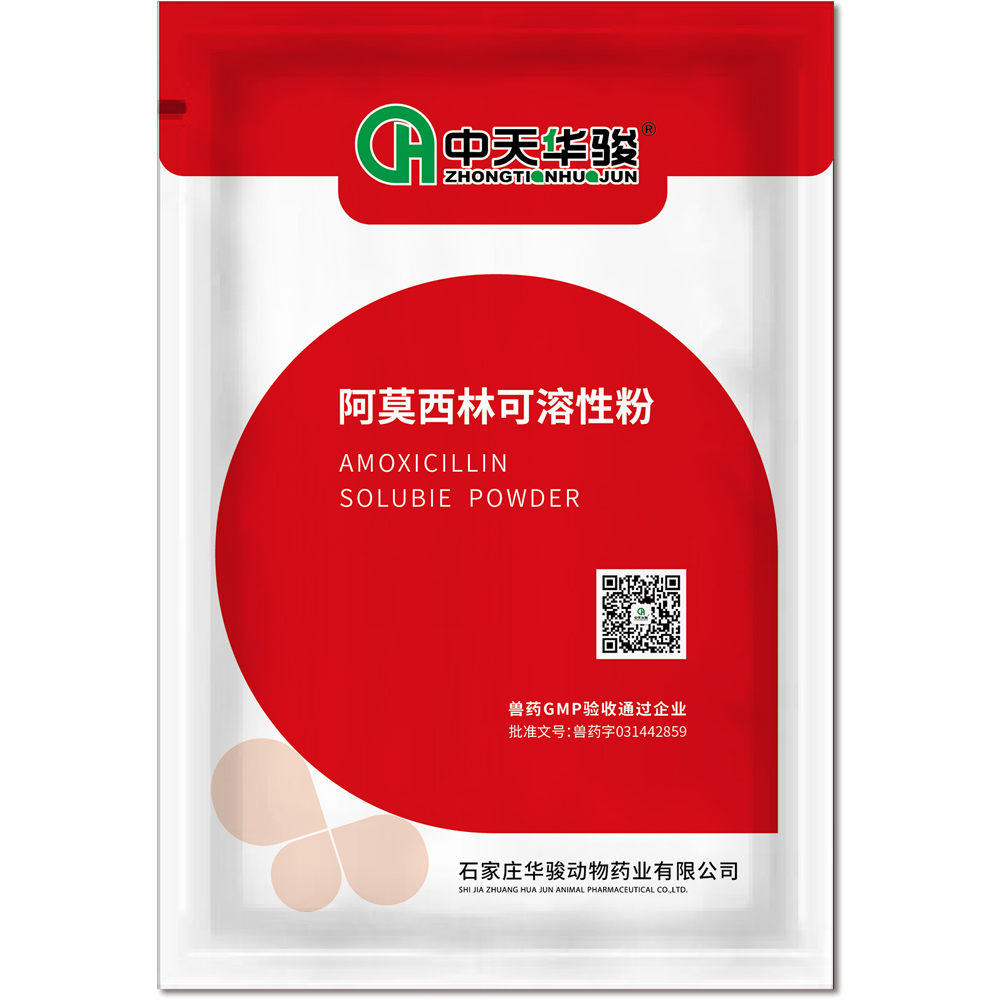
Nov . 03, 2024 23:12 Back to list
ichthyobodiasis of rainbow trout
Ichthyobodoiasis of Rainbow Trout Understanding the Disease and Its Impact
Ichthyobodoiasis is a significant disease that affects rainbow trout (Oncorhynchus mykiss), primarily caused by the protozoan parasite Ichthyobodo necator. This parasitic infection poses severe threats to both wild and farmed populations of rainbow trout, leading to considerable economic losses in aquaculture and impacting local ecosystems. Understanding the etiology, transmission, symptoms, and management of ichthyobodoiasis is crucial for maintaining healthy fish populations and ensuring the sustainability of trout farming.
Etiology and Transmission
Ichthyobodo necator, the causative agent of ichthyobodoiasis, is a flagellate protozoan found predominantly in freshwater environments. The parasite thrives in poorly managed water conditions, which exacerbate its spread. Factors such as high organic loading, inadequate water flow, and improper stocking densities can increase the risk of outbreaks. The infectious stages of the parasite, known as flagellates, can latch onto the skin, gills, and fins of the fish, leading to irritation and disease.
Symptoms and Diagnosis
The clinical signs of ichthyobodoiasis are often subtle in the early stages but can become pronounced as the disease progresses. Affected rainbow trout may exhibit symptoms such as increased mucus production, lethargy, loss of appetite, and erratic swimming behavior. One of the most characteristic signs is the presence of excessive mucus on the fish's skin, which can lead to secondary infections due to the compromised skin barrier. Gills affected by the parasite may appear pale or discolored, and this can result in respiratory distress, as the fish struggle to extract sufficient oxygen from the water.
ichthyobodiasis of rainbow trout

Diagnosis of ichthyobodoiasis typically involves microscopic examination of skin or gill samples. A careful analysis can reveal the presence of Ichthyobodo necator, confirming the infection. In addition to direct observation, environmental assessment is essential in determining the overall health of the aquarium or farming conditions, as poor water quality often underlies outbreaks.
Management and Prevention
Controlling ichthyobodoiasis requires a combination of proper management practices and timely interventions. Key measures include maintaining optimal water quality through regular monitoring of parameters such as pH, temperature, and ammonia levels. Implementing effective filtration and aeration systems can improve water circulation and reduce organic buildup, creating an environment less conducive to parasite proliferation.
If an outbreak occurs, therapeutic options such as medicated baths or the use of antiparasitic agents may be necessary. However, the key to long-term management lies in preventative measures, including proper stocking densities, routine health assessments, and quarantining new stock. Moreover, educating fish farmers and aquaculturists about the signs of ichthyobodoiasis and the importance of biosecurity can help minimize the risk of introduction and spread of this parasite.
Conclusion
Ichthyobodoiasis remains a pertinent challenge in the management of rainbow trout populations, with far-reaching implications for aquaculture and biodiversity. Through increased awareness, diligent management practices, and ongoing research, it is possible to mitigate the risks associated with this parasitic disease, ensuring healthier fish and more sustainable production methods. As the aquaculture industry continues to grow, addressing diseases like ichthyobodoiasis will be crucial for its long-term success and sustainability.
-
Premium Honeysuckle Products - Leading Honeysuckle Manufacturer & Supplier Factory
NewsJun.10,2025
-
Pulmonary Edema Solutions from Leading Manufacturer & Supplier Reliable Factory Price
NewsJun.10,2025
-
Red Eyes - Leading Red Eyes Manufacturer & Supplier, Premium Quality Factory Price
NewsJun.10,2025
-
Broiler Ascites Syndrome Solutions Top Manufacturers
NewsJun.10,2025
-
Premium Amoxicillin Suppliers Reliable Biomox Mexican Factories
NewsJun.10,2025
-
Top Brewing Cell Wall Solutions Optimized Efficiency
NewsJun.09,2025




